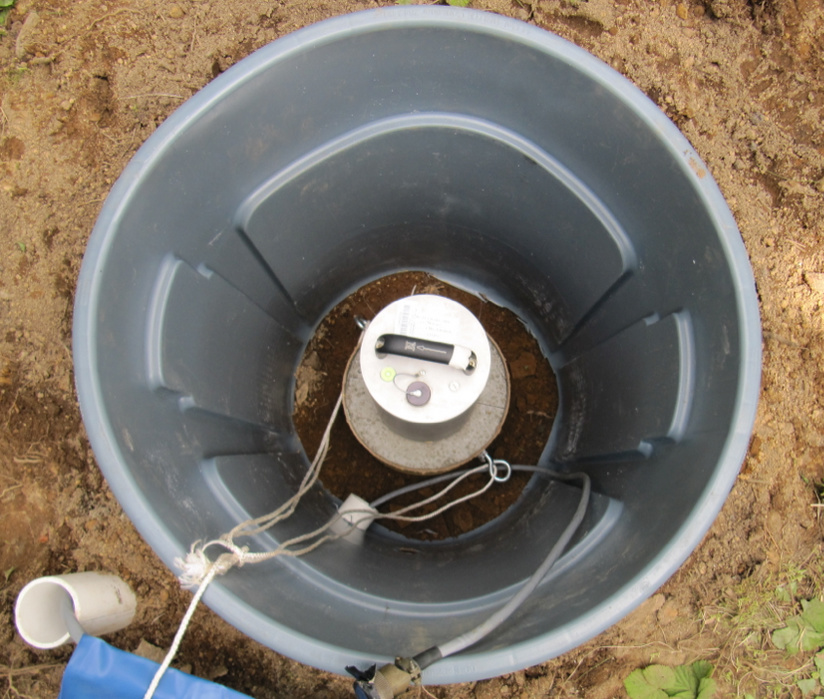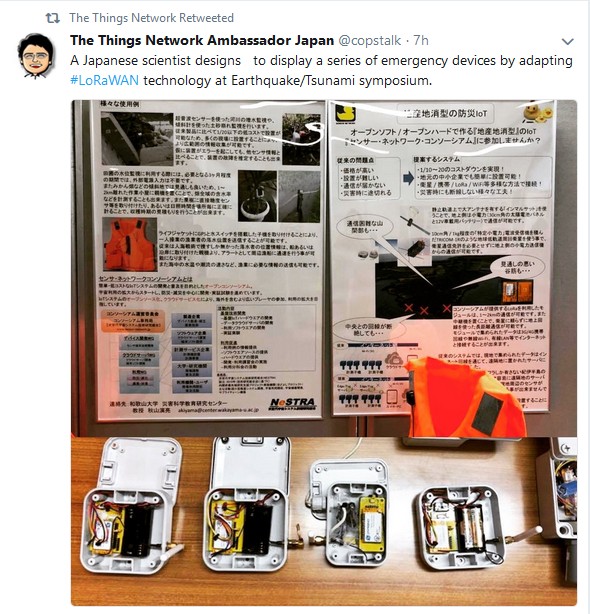I just chaos wired my first earthquake sensor based on a teensyLC, RFM95W and D7S eartquake sensor from Omron. Its for my personal earthquake detection. Probably difficult to test as eartquake are pretty rare in my living location.
Interesting project. Out of curiosity, how/where do you plan to mount the device? And are you continuously measuring seismic activity of do you have a threshold to detect earthquakes above some predefined value?
The omron D7S sensor evaluates the strength of the quake and can output two treshold alarms via interrupt lines. Idea in manufacturing is to shut of machines and supplies like gas, electricity etc. immediately to prevent secondary damage.
This is not my intention. But because I will probably have to move to the city of Basle i am just interrested in registering any earthquake, hopefully not a big one like it happened in the year 1356…
There are some scientific papers about eq monitoring like this one
http://gfzpublic.gfz-potsdam.de/pubman/item/escidoc:4023:5/component/escidoc:4024/Chapter_7_rev1.pdf
I plan to mount it similar to what is described in this document https://students.washington.edu/schest/wordpress/2016/09/08/collecting-earthquake-data-how-do-you-install-a-seismometer/

picture from above document
An interresting US site is this one https://www.seismicwarning.com/sws-home.html
It sounds like an interesting LoRaWAN use case. The paper mentions maintenance 2-3 times a year to replace cards and so on. You could get a node running in low-power configuration and leave it out there for years.
I guess the question would be whether the data you could send over the limited bandwidth would be of enough value to make the readings worthwhile… my gut says no 
I’m also planning to build a small one with a 3-axis accelerometer and see what the curves look like from my (urban) location.
